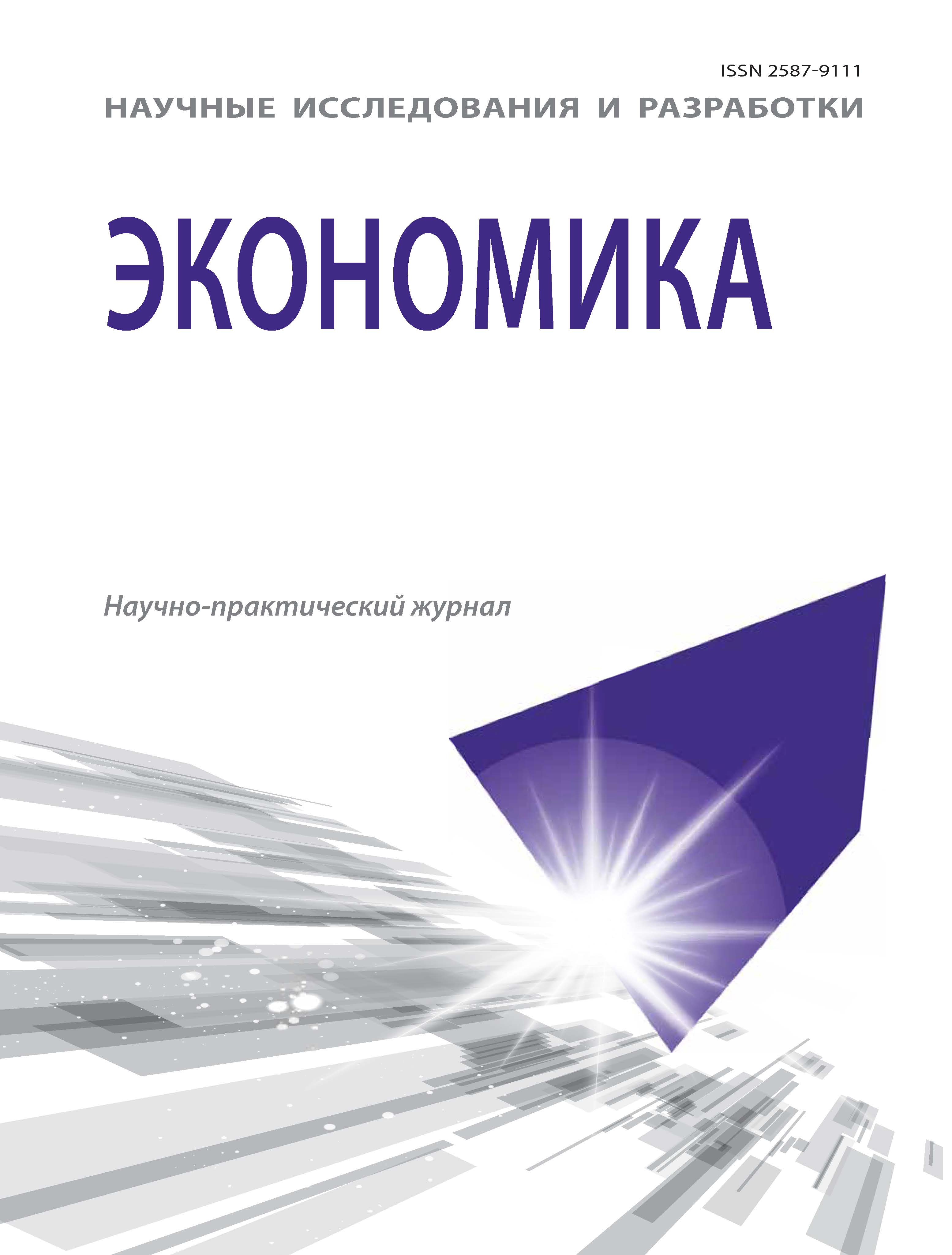Tula, Tula, Russian Federation
The work assesses the impact of sanctions on world economic relations based on changes in the relationships between the most important indicators of economic development of countries — economic growth rates. An assessment of world economic relations, the degree of closeness of economic interaction between countries in the work is given by determining the correlations of economic growth rates in countries for the periods before and after the introduction of antiRussian sanctions — for the period 2005–2012 and for the period 2014–2022. The results obtained from assessing the closeness of world economic ties indicate that anti-Russian sanctions introduced at the initiative of the United States have had a significant and very complex impact on international economic relations. Firstly, despite the anti-Russian nature of the sanctions, which were initiated by the United States, they practically did not disrupt Russia’s ties with the United States. This suggests that the sanctions were introduced with the expectation that they would strike not only the Russian economy, but also the economies of the most developed partners of the United States, such as the EU countries, Great Britain, and Japan. This in turn can serve as a stimulus for the development of the US economy. Secondly, sanctions have changed the structure of Russia’s world economic ties and increased the closeness of ties between the Russian economy and China and Singapore. Morocco, preserved Russia’s ties with Belarus, India, and Indonesia. Anti-Russian sanctions, on the one hand, limited Russia’s world economic ties; on the other hand, they opened up opportunities for the development of economic ties with new large and rapidly developing countries.
countries of the world, economic growth rates, close ties, correlation
1. Basovskiy L.E. Mirovaya ekonomika. M.: INFRA-M, 2004. 208 s.
2. Basovskiy L.E., Basovskaya E.N. Marketing. M.: INFRA-M, 2010. 421 s.
3. Basovskiy L.E., Basovskaya E.N. Postindustrial'nye uklady v ekonomike Rossii. M.: INFRA-M, 2010. 159 s.
4. Dopfer K., Potts J. The General Theory of Economic Evolution. Routledge, 2015. 152 p.
5. Drechsler W., Kattel R. and Reinert E. Techno-Economic Paradigms. Essays in Honour of Carlota Perez. Anthem Press, 2011. 442 p.
6. Perez C. Technological Revolutions and Financial Capital: The Dynamics of Bubbles and Golden Ages. Elgar Publishing, 2003. 224 p.
7. Geels F.W. Technological transitions as evolutionary reconfiguration processes: A multi-level perspective and a casestudy. Res. Policy 2002. Volume 31. Pp. 1257–1274.
8. Basovskiy L.E., Basovskaya E.N. Novaya tendenciya razvitiya mirovoy ekonomiki // Nauchnye issledovaniya i razrabotki. Ekonomika. 2019. №. 2. S. 4–8. DOI: https:// doi.org/10.12737/article_5ccfce6ba696f8.85111553 (data obrascheniya: 06.04.2024).
9. Gutmann J., Neuenkirch M., Neumeier F. The economic effects of international sanctions: An event study //Journal of Comparative Economic. Volume 51, Issue 4. December 2023. Pp. 1214–1231.
10. Crozet M., Hinz J. Friendly fire: the trade impact of the Russia sanctions and counter-sanctions // Citation: Economic policy, 2020, Vol. 35, No. 101. Pp. 97–146.






